

Articles
How To Store Chicken Broth After Opening
Modified: March 1, 2024
Learn how to properly store chicken broth after opening to ensure it stays fresh and safe for future use. Follow these easy steps and keep your broth article-lasting and delicious!
(Many of the links in this article redirect to a specific reviewed product. Your purchase of these products through affiliate links helps to generate commission for Storables.com, at no extra cost. Learn more)
Introduction:
Welcome to our comprehensive guide on how to store chicken broth after opening. Whether you have made a homemade batch or purchased a carton from the store, properly storing chicken broth is essential to maintain its freshness and prevent spoilage. By following the best practices outlined in this article, you can ensure that your chicken broth remains flavorful and safe to consume.
Chicken broth is a versatile ingredient used in various recipes to add depth and flavor. It is commonly used as a base for soups, stews, sauces, and gravies. However, once you open a container of chicken broth, it’s crucial to store it correctly to preserve its quality and extend its shelf life.
In this article, we will discuss different methods for storing chicken broth after opening, including refrigeration, freezing, and canning. We will also provide you with helpful tips on maintaining freshness and ensuring food safety. So, let’s dive in and learn how to properly store chicken broth after opening!
Key Takeaways:
- Properly storing chicken broth after opening is crucial for maintaining freshness and flavor. Whether refrigerating, freezing, or canning, using airtight containers and labeling are key to ensuring safe consumption.
- Practicing good hygiene, inspecting for spoilage, and proper stock rotation are essential for maintaining the freshness and safety of chicken broth. Consider portioning and keeping a usage log to manage your supply effectively.
Read more: How To Store Chicken Broth
Understanding Chicken Broth Storage:
Before delving into the best practices for storing chicken broth after opening, it’s important to understand the factors that affect its shelf life and quality. Chicken broth is a perishable product that can spoil if not stored properly. Here are some key points to keep in mind:
- Microbial Growth: Chicken broth, just like any other food product, is susceptible to microbial growth. Bacteria, yeast, and mold can contaminate the broth and cause it to spoil.
- Temperature: Temperature plays a vital role in determining the shelf life of chicken broth. Extreme heat can promote the growth of bacteria, while freezing temperatures can affect the texture and taste of the broth.
- Air Exposure: Chicken broth can be affected by exposure to air, which can lead to oxidation and degradation of the product over time.
- Container Type: The type of container used to store chicken broth can impact its shelf life. Sturdy, airtight containers are ideal for maintaining freshness.
Now that we have a basic understanding of the factors involved in chicken broth storage, let’s explore the best practices for storing it after opening. By following these guidelines, you can ensure that your chicken broth remains safe to consume and retains its quality for as long as possible.
Best Practices for Storing Chicken Broth After Opening:
When it comes to storing chicken broth after opening, there are a few key practices to keep in mind. These practices will help maintain the freshness and quality of the broth, ensuring it can be safely consumed. Let’s take a closer look at the best practices:
- Use Airtight Containers: Transfer the chicken broth into airtight containers once opened. Glass jars or plastic containers with tight-fitting lids work well for this purpose. This helps prevent air exposure and reduces the chances of contamination.
- Date and Label: Before storing the chicken broth, it’s important to label the containers with the date it was opened. This allows you to keep track of its freshness and know when it needs to be used or discarded.
- Store in Small Portions: If you don’t plan on using the entire container of chicken broth at once, consider dividing it into smaller portions before storing. This way, you can thaw or use only what you need, minimizing waste.
- Keep It Refrigerated: Refrigeration is one of the most common methods for storing chicken broth after opening. It helps slow down bacterial growth and extends the broth’s shelf life. Make sure to place the airtight containers in the refrigerator within two hours of opening.
- Freeze for Long-Term Storage: If you don’t plan on using the chicken broth within a few days, freezing is a great option for long-term storage. Simply pour the broth into freezer-safe containers or ice cube trays and place them in the freezer.
- Canning for Shelf Stability: Canning is another method to consider for storing chicken broth after opening. This process involves heating the broth to kill any bacteria and placing it in sterilized jars for long-term storage at room temperature.
- Monitor and Rotate: Regularly check the stored chicken broth for signs of spoilage, such as unusual odors, off-color, or mold growth. If any of these signs are present, discard the broth immediately. Also, make sure to rotate your stock, using the older containers first.
By following these best practices, you can ensure that your opened chicken broth remains fresh, flavorful, and safe to consume. Whether you choose to refrigerate, freeze, or can the broth, proper storage techniques are vital for maintaining its quality and minimizing waste.
Option 1: Refrigerating Chicken Broth After Opening:
If you plan to use the chicken broth within a few days, refrigeration is the most convenient option for storing it after opening. Here’s how to properly refrigerate chicken broth:
- Transfer to Airtight Containers: Once you have opened the chicken broth, transfer it into clean, airtight containers. Mason jars, plastic containers with tight-fitting lids, or resealable freezer bags work well for this purpose. Make sure the containers are suitable for refrigerator storage.
- Cool Down Before Refrigeration: Allow the chicken broth to cool down to room temperature before placing it in the refrigerator. This prevents condensation inside the containers, which can potentially promote bacterial growth.
- Label and Date the Containers: Before storing the chicken broth in the refrigerator, label each container with the contents and the date it was opened. This allows you to monitor its freshness and use it within a recommended time frame.
- Refrigerate Within Two Hours: It is crucial to refrigerate the chicken broth within two hours of opening. Bacteria can multiply quickly at room temperature, so prompt refrigeration helps inhibit their growth and maintains the broth’s quality.
- Store in the Coldest Part of the Refrigerator: Place the airtight containers of chicken broth in the coldest part of your refrigerator, typically the back or bottom shelves. Avoid storing them on the refrigerator door, as temperatures may fluctuate there.
- Use Within 4-5 Days: Refrigerated chicken broth should be used within 4-5 days for optimal freshness and safety. Discard any leftovers that have been in the refrigerator for longer than this duration.
Refrigerating chicken broth after opening is a simple and effective method to preserve its freshness without resorting to long-term storage. By following these steps, you can ensure that your chicken broth remains safe to consume, allowing you to enjoy its flavors in a variety of recipes.
After opening, store chicken broth in an airtight container in the refrigerator for up to 4-5 days. For longer storage, freeze in a freezer-safe container for up to 3 months.
Option 2: Freezing Chicken Broth After Opening:
If you have a larger quantity of chicken broth that you won’t be able to use within a few days, freezing is an excellent option for long-term storage. Freezing preserves the quality of the broth and allows you to have it handy whenever you need it. Here’s how to freeze chicken broth after opening:
- Transfer to Freezer-Safe Containers: Pour the chicken broth into freezer-safe containers, leaving some headspace for expansion during freezing. Plastic containers, glass jars, or freezer bags designed for freezing are suitable options.
- Cool Down Quickly: To expedite the cooling process, place the containers of chicken broth in an ice bath or use a shallow container to spread it out. This helps reduce the temperature rapidly and ensures safe freezing.
- Label and Date: Label each container with the contents and the date of freezing. This way, you can easily identify and keep track of the chicken broth in your freezer.
- Stack and Store in the Freezer: Once the chicken broth has cooled, stack the containers in an orderly manner in your freezer. Leave adequate space around the containers for air circulation and to allow for quick freezing.
- Use within 4-6 Months: Frozen chicken broth will maintain its quality for about 4-6 months. It is best to use it within this timeframe to enjoy its optimal flavor and texture. While it may still be safe to consume beyond this period, the quality may deteriorate over time.
- Thawing and Using Frozen Chicken Broth: When you need to use the frozen chicken broth, there are a few methods to thaw it. You can place the sealed container in the refrigerator overnight, run it under cold water, or use the defrost setting on your microwave. Once thawed, you can use the chicken broth as desired in your recipes.
Freezing chicken broth after opening is a convenient option for preserving its freshness and extending its shelf life. By following these steps, you can ensure that you always have chicken broth on hand whenever a recipe calls for it, without worrying about spoilage.
Read more: How To Store Chicken Breast After Opening
Option 3: Canning Chicken Broth After Opening:
If you’re looking for a method that provides long-term room temperature storage for your chicken broth after opening, canning is a great option. Canning involves preserving the broth by applying heat and sealing it in sterilized jars. Here’s a step-by-step guide on canning chicken broth:
- Gather the Necessary Equipment: Before you can begin, gather all the necessary canning equipment, including canning jars, lids, bands, a pressure canner or large stockpot, canning tools, and a jar lifter.
- Prepare the Jars and Lids: Wash the canning jars, lids, and bands in hot, soapy water. Rinse them thoroughly and place them in a pot filled with hot water. Keep them simmering until ready for use.
- Preheat the Canner: If you are using a pressure canner, preheat it according to the manufacturer’s instructions. If not, a large stockpot can be used for water bath canning.
- Fill the Jars: Ladle the hot chicken broth into the prepared, hot jars, leaving about 1 inch of headspace. Use a bubble remover tool or a non-metallic spatula to remove any air bubbles from the jar.
- Secure the Lids: Wipe the jar rims with a clean, damp cloth to remove any residue. Place the lids on the jars and screw on the bands, tightening them just until finger tight.
- Process the Jars: For a pressure canner, follow the instructions specific to your canner. Process the jars at the recommended pressure and processing time. For a water bath canner, ensure the jars are fully submerged, and process them for the specified time.
- Remove and Cool: Once the processing time is complete, carefully remove the jars from the canner using a jar lifter. Place them on a towel-lined countertop and allow them to cool undisturbed for 12-24 hours.
- Check the Seals: After the jars have cooled, check the seals by pressing down on the center of each lid. If it pops back, the jar did not seal properly, and it should be refrigerated and consumed within a few days.
- Store in a Cool, Dark Place: Once the jars are fully sealed, label them with the content and date. Store them in a cool, dark place, such as a pantry or cellar. Properly canned chicken broth can last for up to a year or more.
Canning chicken broth after opening provides a safe and convenient option for long-term storage without the need for refrigeration or freezing. It allows you to have shelf-stable chicken broth readily available whenever you need it for your favorite recipes.
Tips for Ensuring Freshness and Safety:
When it comes to storing chicken broth after opening, there are a few additional tips that can help ensure its freshness and safety. By following these guidelines, you can maximize the shelf life and maintain the quality of your chicken broth:
- Proper Handling and Storage: Always practice good hygiene by washing your hands before handling chicken broth. Use clean utensils and containers when transferring or portioning the broth. Store it in a clean and organized refrigerator or pantry away from potential contaminants.
- Inspect for Spoilage: Before using or storing the chicken broth, inspect it carefully for any signs of spoilage. Look for changes in color, off odors, or the presence of mold. If any of these signs are present, discard the broth immediately.
- Do Not Refreeze Thawed Broth: Once you have thawed frozen chicken broth, do not refreeze it. Freezing and thawing cycles can affect the quality of the broth and increase the risk of bacterial growth.
- Rotate Stock: If you frequently use chicken broth, practice proper stock rotation. Use the oldest containers first to minimize waste and ensure that you are using the broth within its recommended freshness duration.
- Keep a Usage Log: Consider keeping a usage log to track the amount of chicken broth you use and when you opened each container. This can help you better estimate how long a particular container will last and avoid wastage.
- Consider Portioning: If you often use smaller amounts of chicken broth in your recipes, consider freezing or canning it in smaller portions. This allows you to thaw or use only what you need without having to defrost a large container.
- Follow Safe Canning Practices: If you choose to can chicken broth after opening, it’s essential to follow proper canning practices to ensure safety. This includes using tested recipes, practicing good sterilization techniques, and adhering to recommended processing times and pressures.
- Label and Date Everything: Properly labeling and dating the containers of chicken broth is crucial for keeping track of their freshness. This practice helps you identify older batches and use them before newer ones, reducing the chances of consuming spoiled broth.
By incorporating these tips into your chicken broth storage routine, you can maintain its freshness, quality, and safety for longer periods. Whether you refrigerate, freeze, or can the broth, these practices will help you enjoy flavorful and safe chicken broth in your culinary adventures.
Conclusion:
Properly storing chicken broth after opening is essential to maintain its freshness, flavor, and safety. Whether you choose to refrigerate, freeze, or can the broth, following the best practices outlined in this article will help preserve its quality for a longer time. By using airtight containers, labeling and dating, and storing in the appropriate conditions, you can ensure that your chicken broth remains delicious and safe to consume.
If you plan to use the chicken broth within a few days, refrigeration is a convenient option. Make sure to transfer it to airtight containers, cool it down before refrigeration, and use it within 4-5 days. However, if you have a larger quantity or want to store the broth for an extended period, freezing is an excellent choice. Pour the broth into freezer-safe containers, label, date, and use it within 4-6 months for the best results.
Canning chicken broth after opening provides the option for long-term, room temperature storage. By following proper canning procedures, you can enjoy shelf-stable chicken broth that lasts for up to a year or more. Remember to use appropriate equipment, label and date the jars, and store them in a cool, dark place for optimal results.
Lastly, ensure freshness and safety by practicing good hygiene, inspecting for spoilage, and proper stock rotation. Consider portioning the broth for convenience and keep a usage log to manage your supply effectively. Whether you use chicken broth as a base for soups, stews, or sauces, these storage tips will help you enjoy its rich flavor and nutritional benefits.
Now armed with the knowledge of how to properly store chicken broth after opening, you can confidently stock up on this pantry staple. By taking the necessary steps to store it correctly, you can enjoy the convenience and versatility of chicken broth in your culinary creations, ensuring every dish is bursting with flavor and goodness.
Frequently Asked Questions about How To Store Chicken Broth After Opening
Was this page helpful?
At Storables.com, we guarantee accurate and reliable information. Our content, validated by Expert Board Contributors, is crafted following stringent Editorial Policies. We're committed to providing you with well-researched, expert-backed insights for all your informational needs.

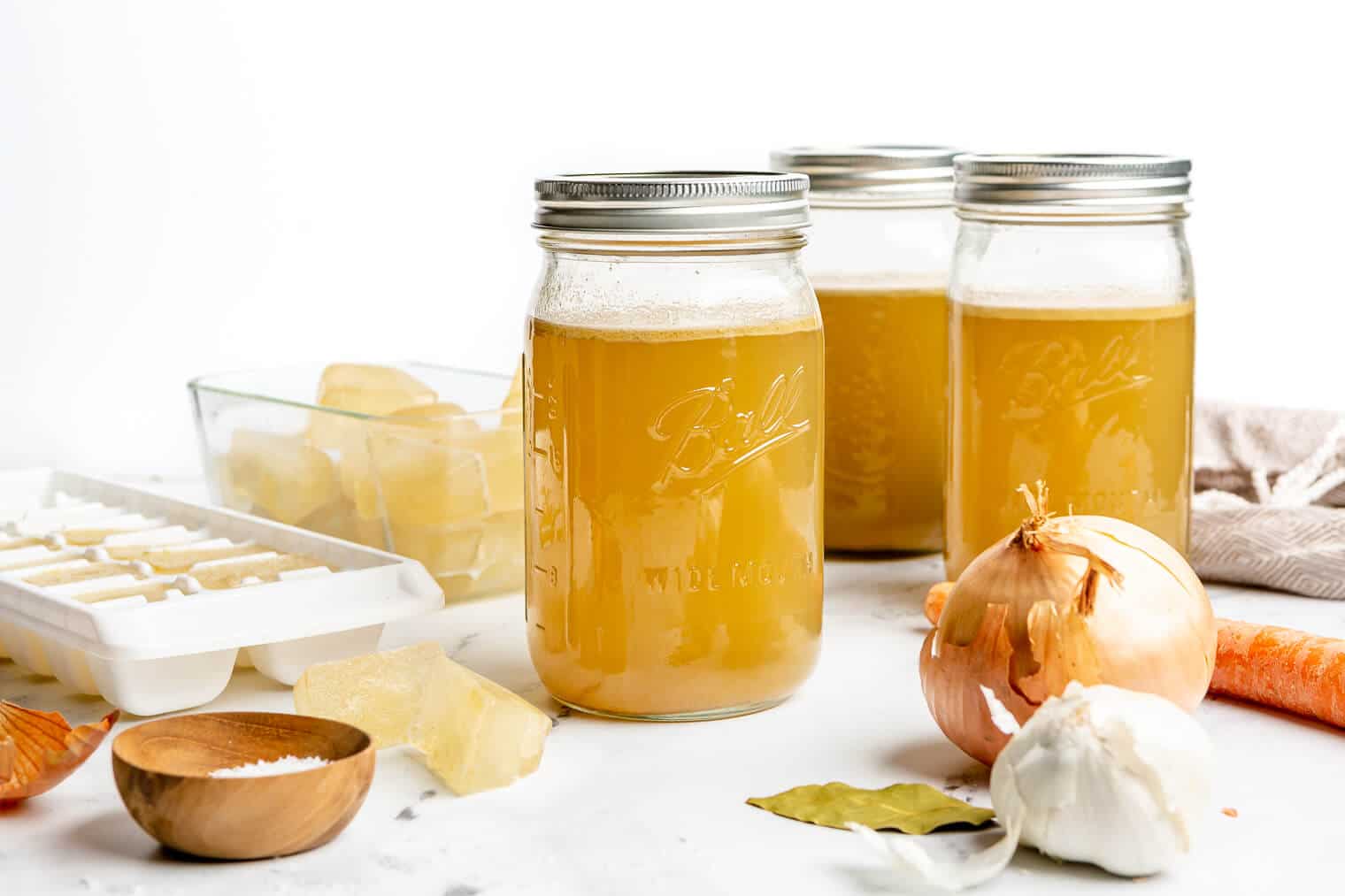
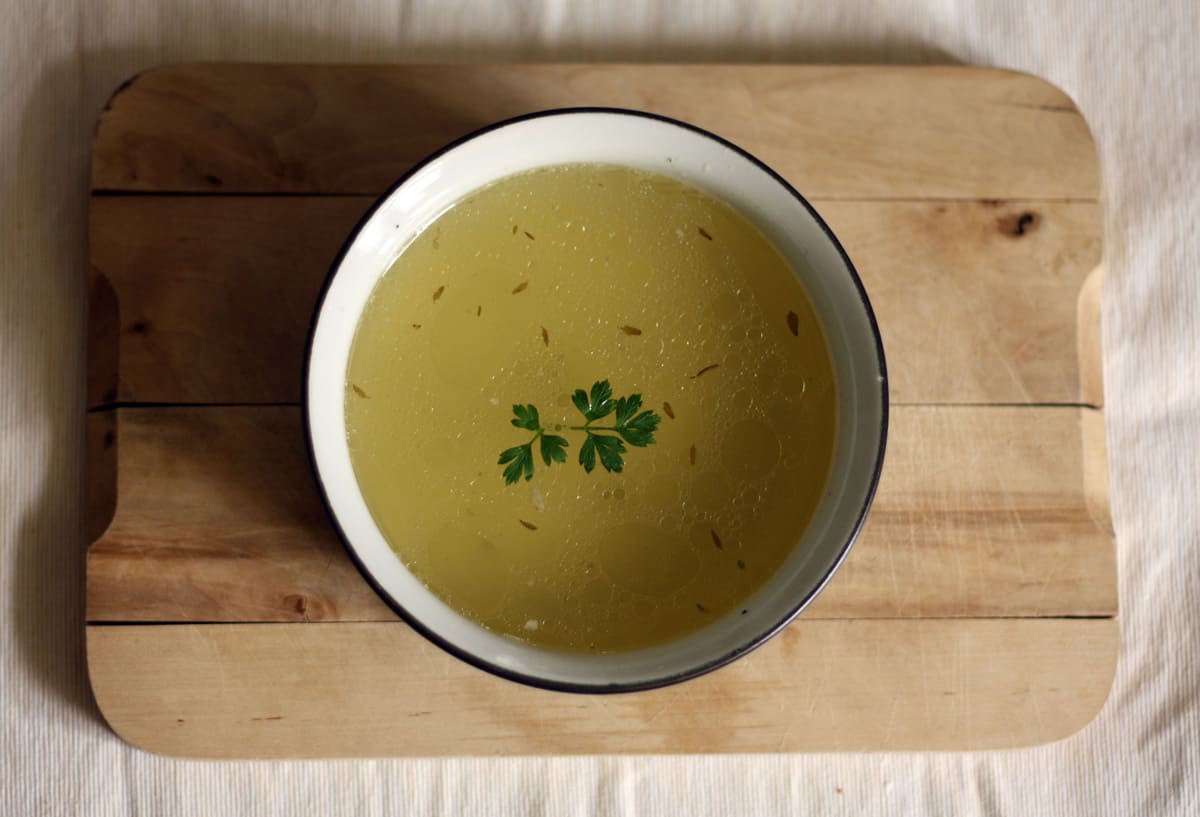
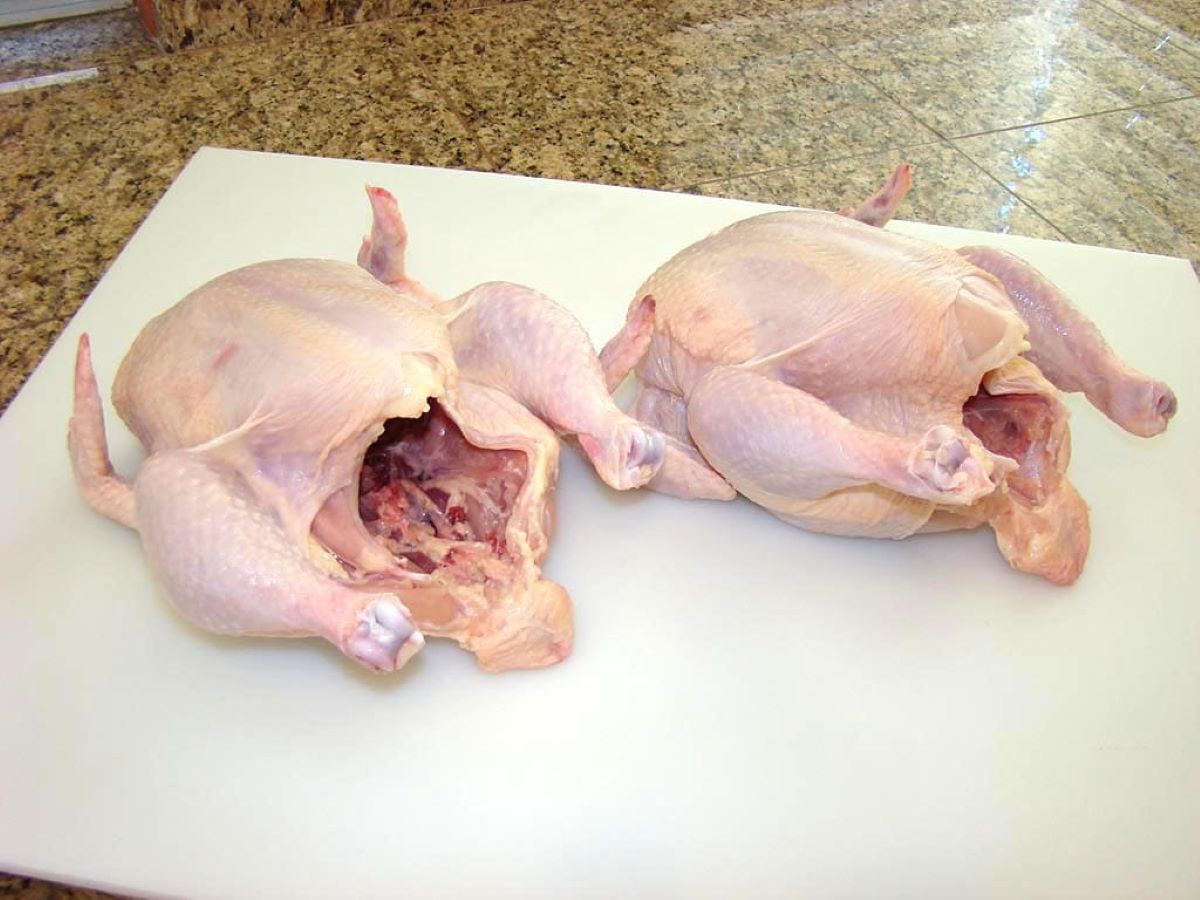
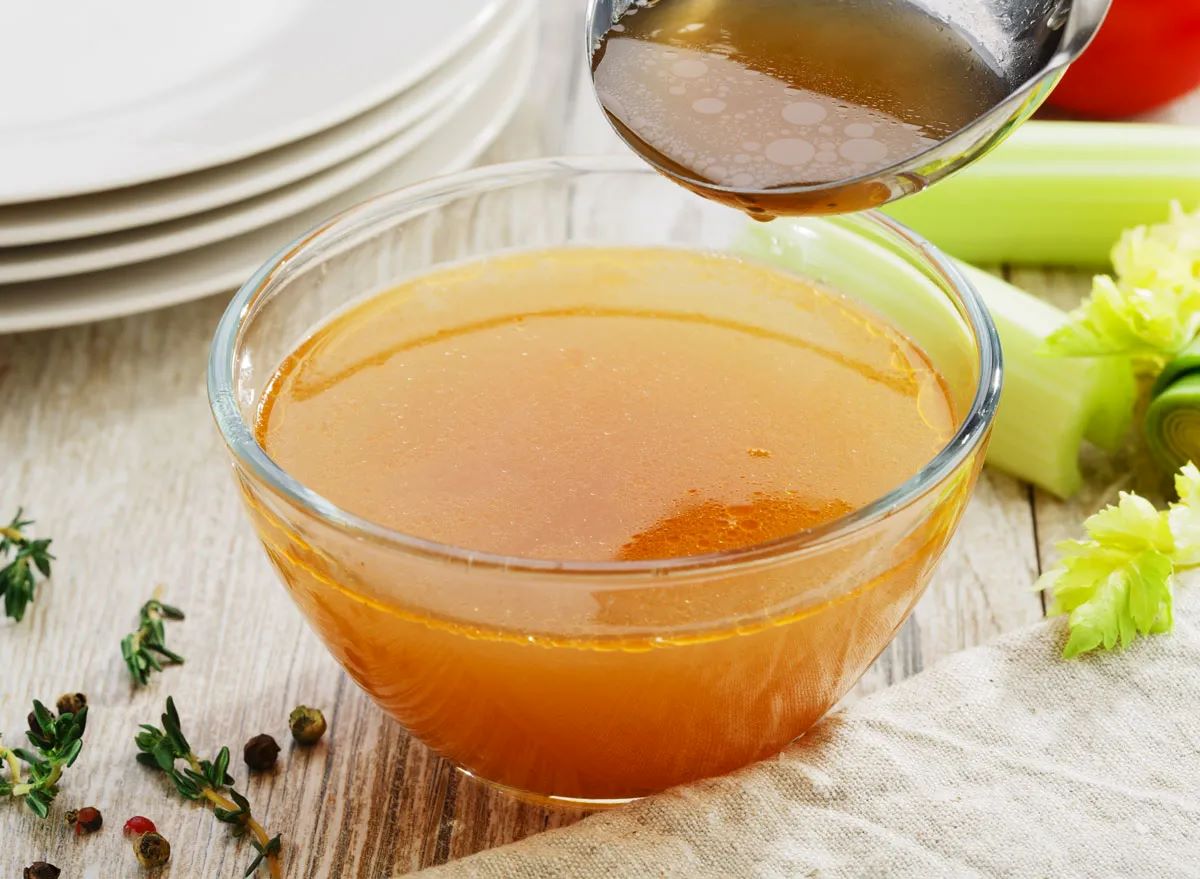
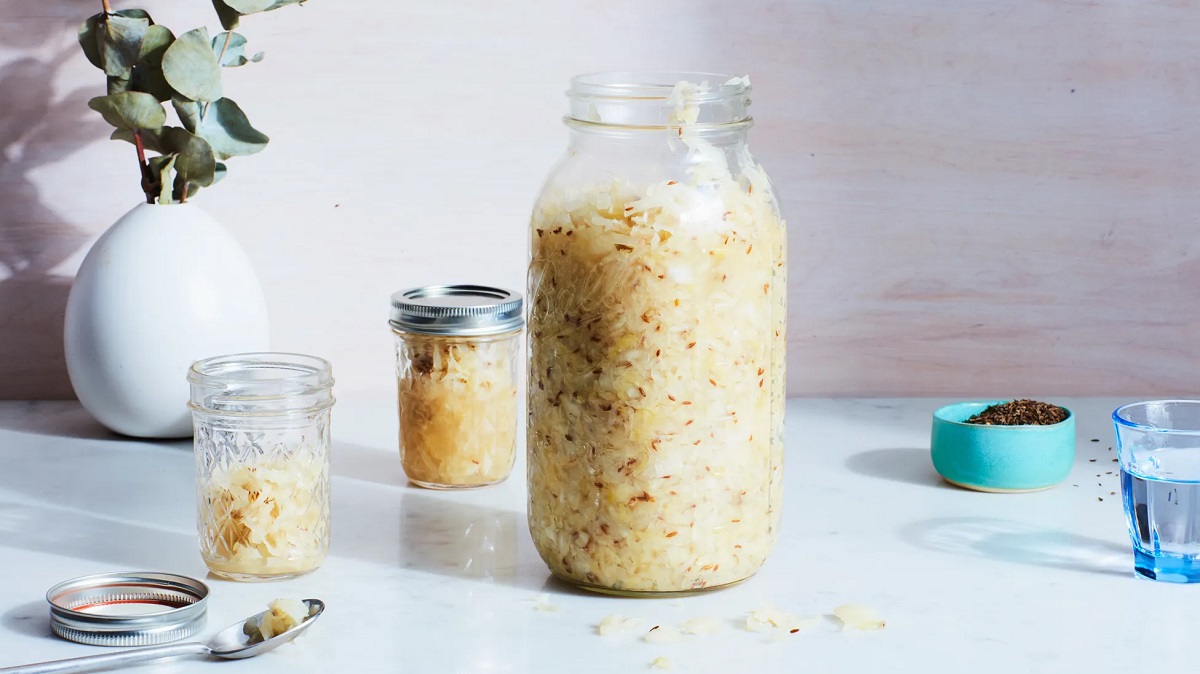


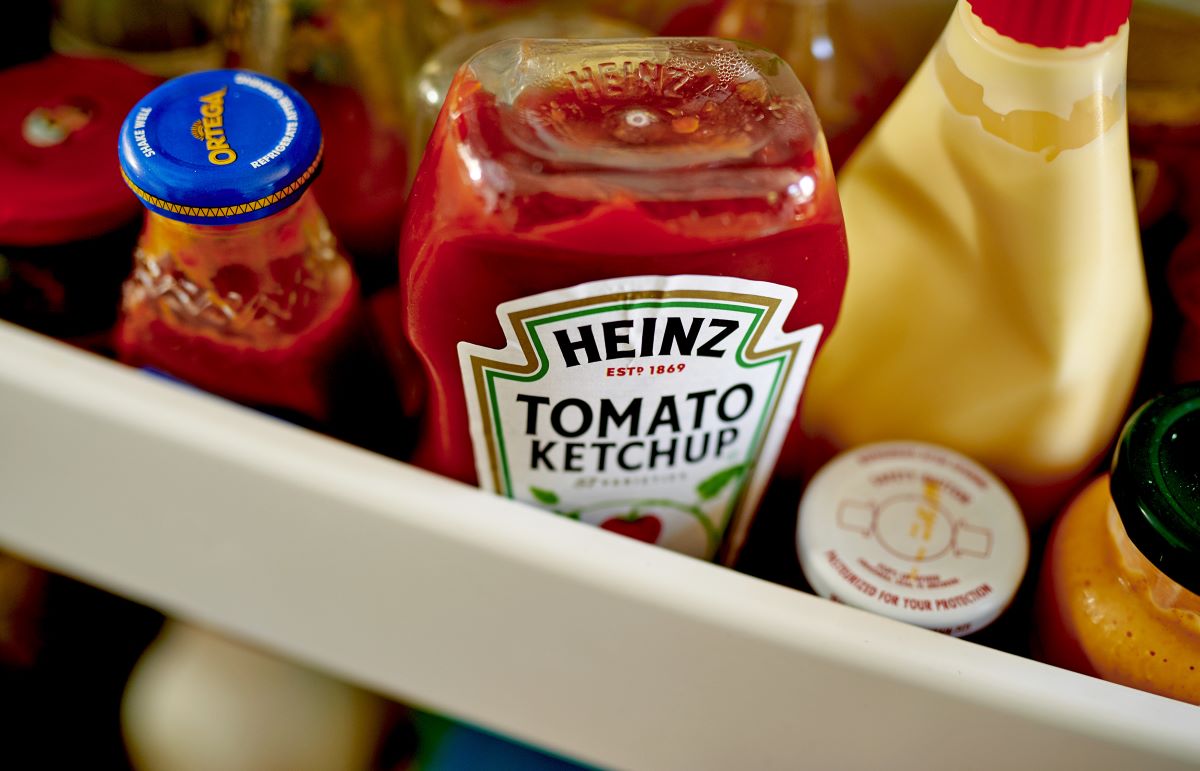
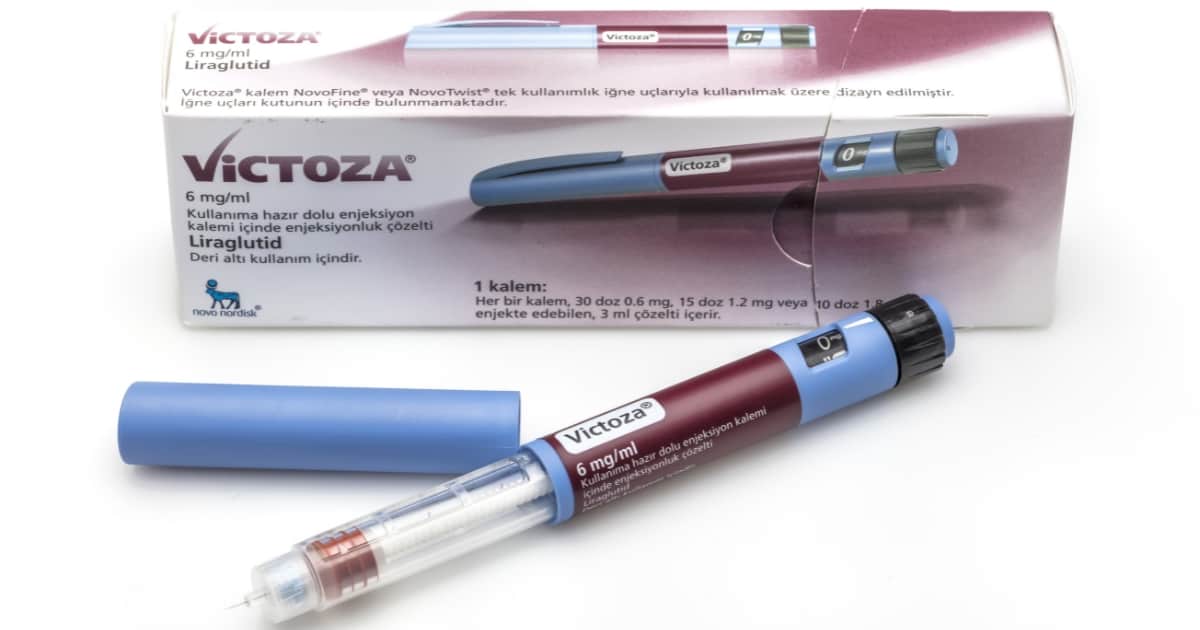


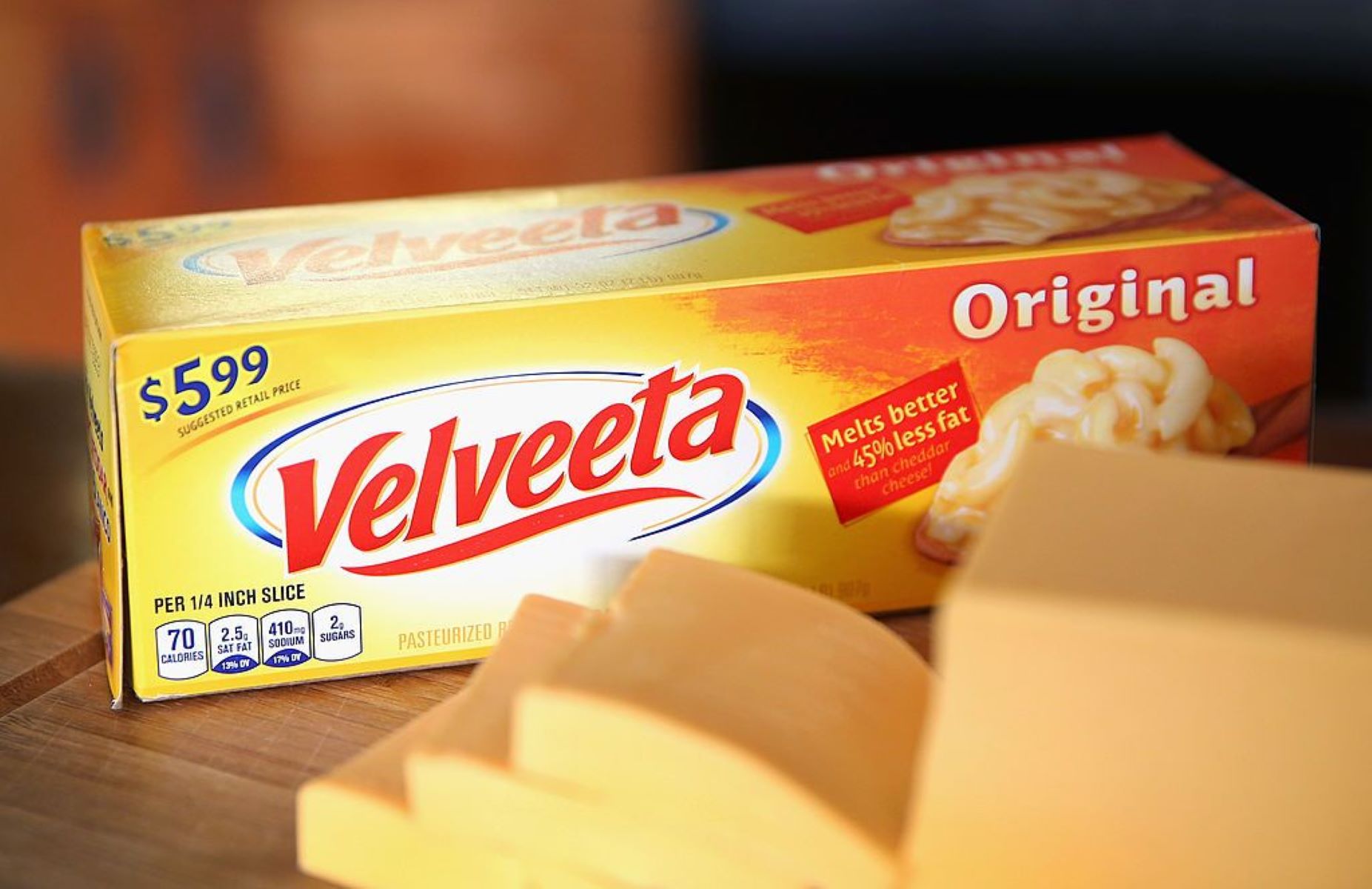
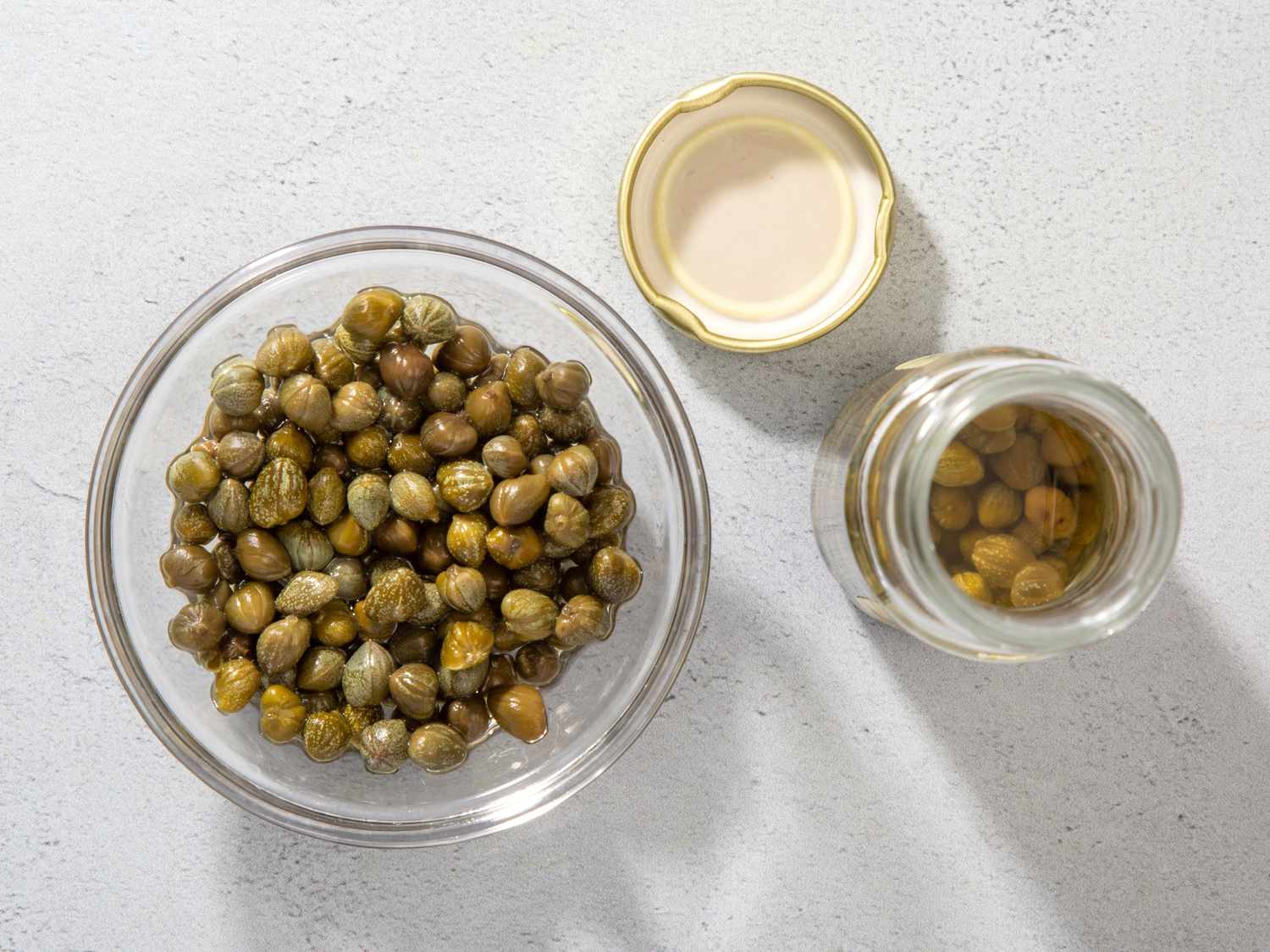

0 thoughts on “How To Store Chicken Broth After Opening”